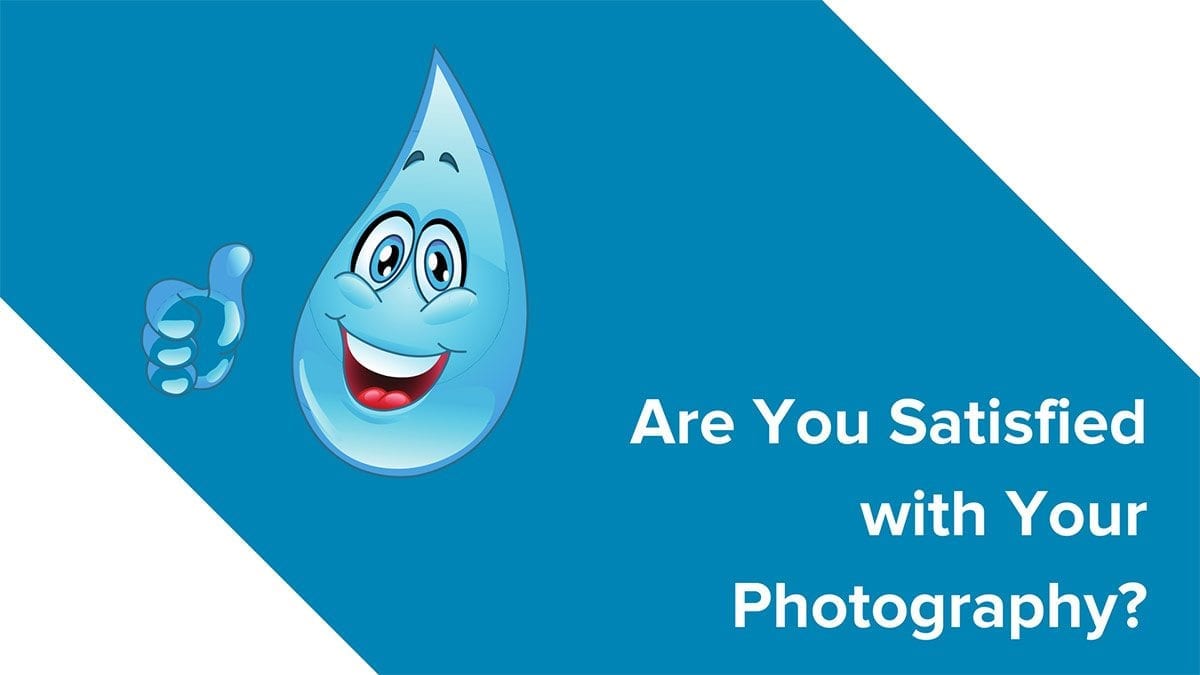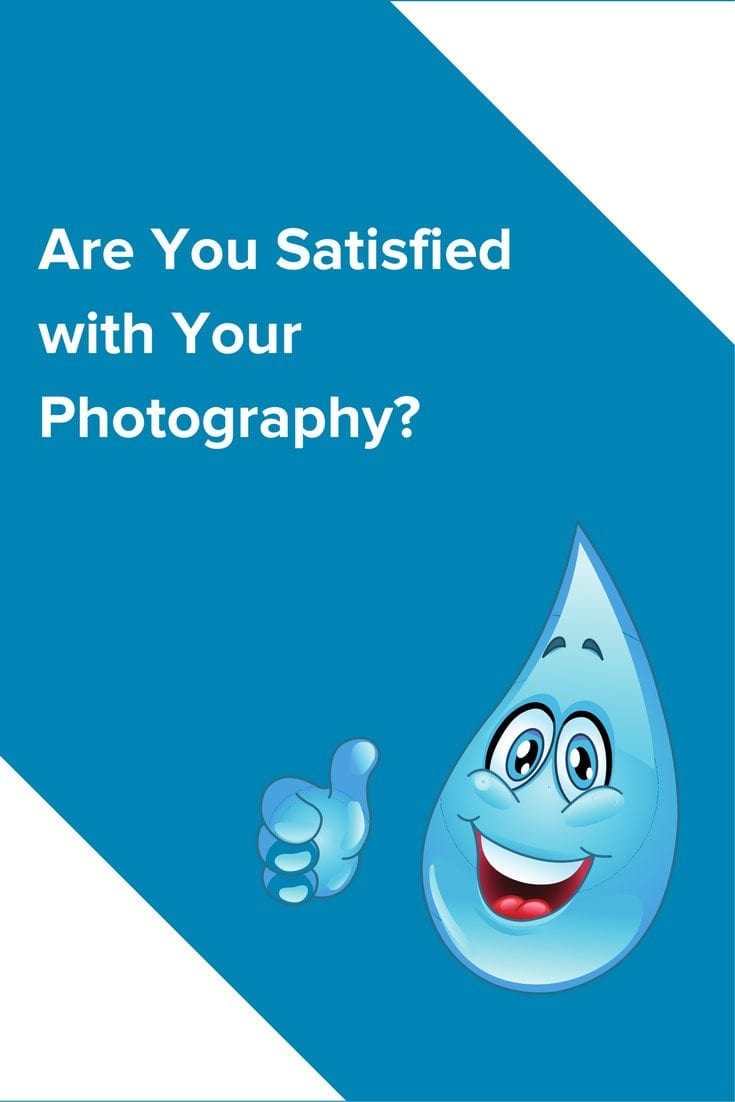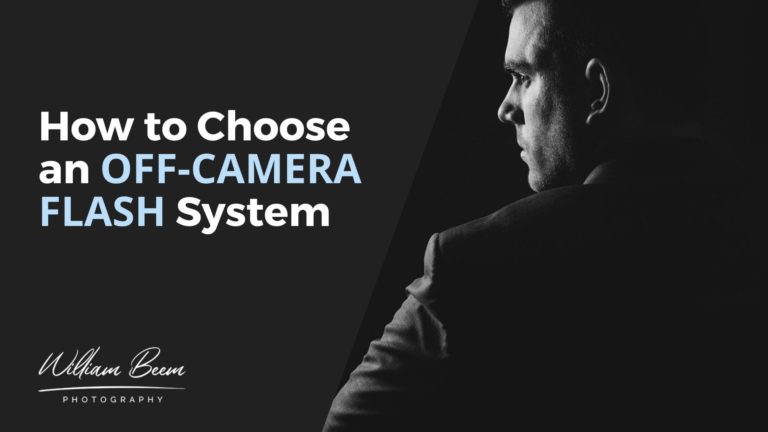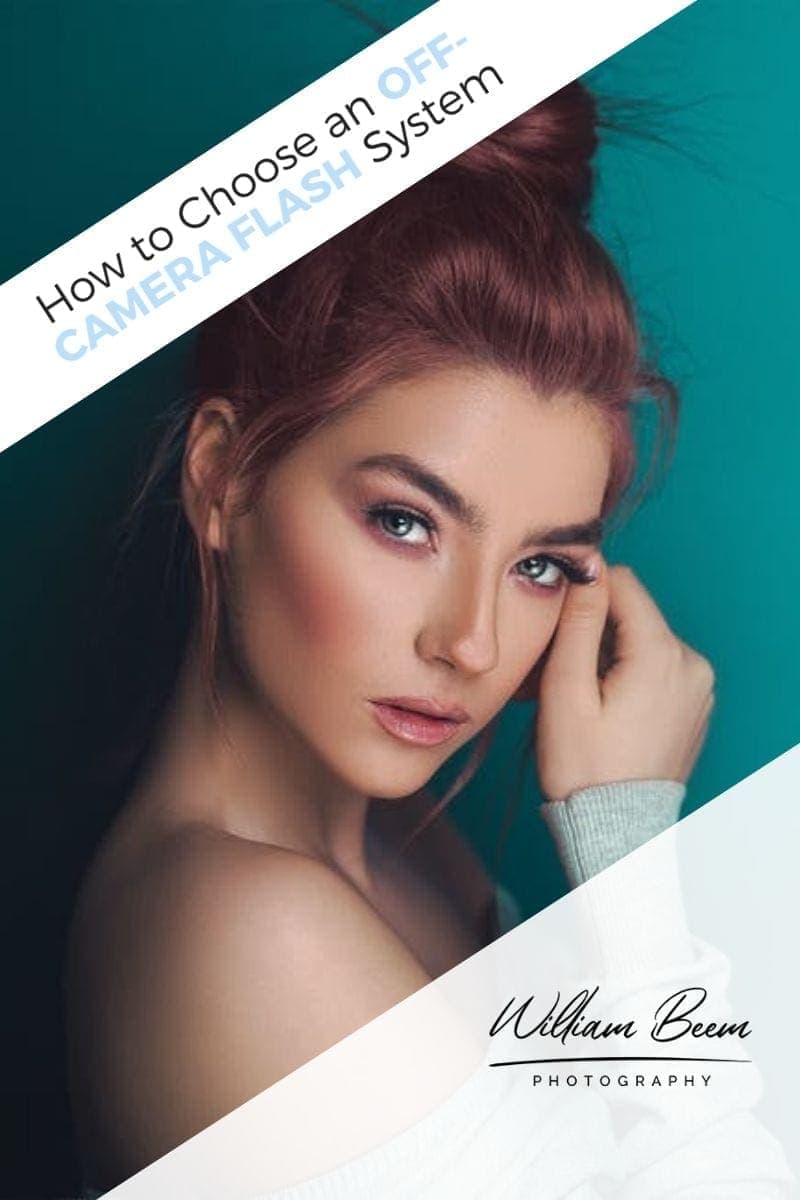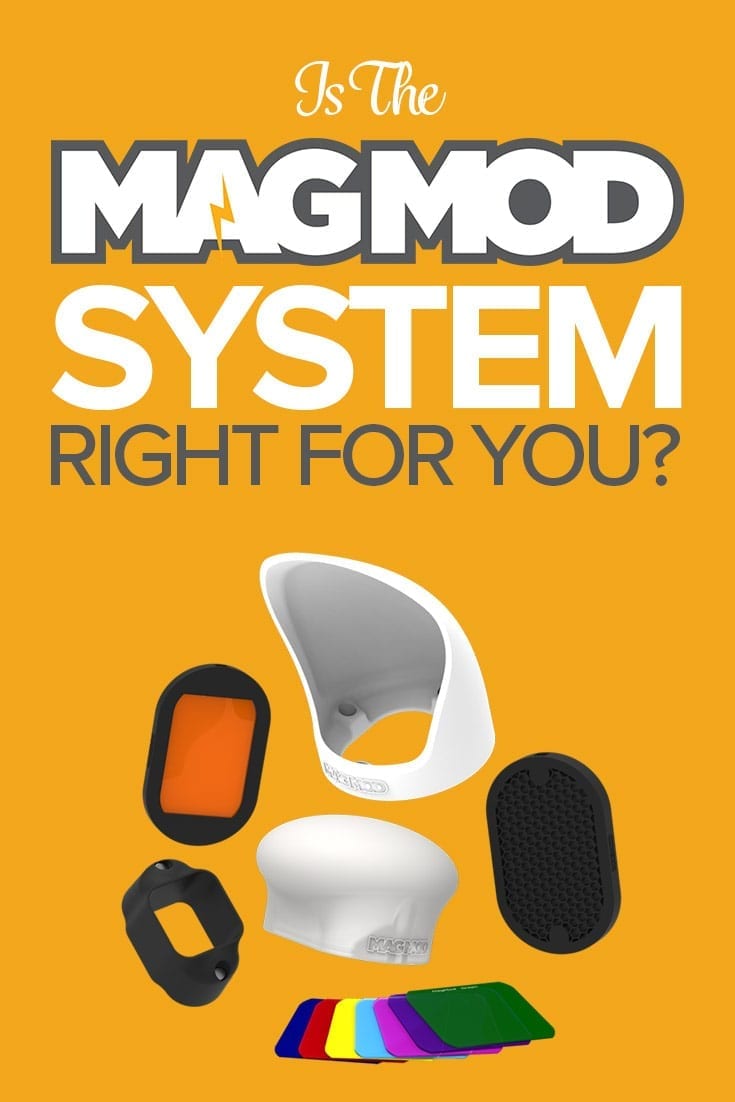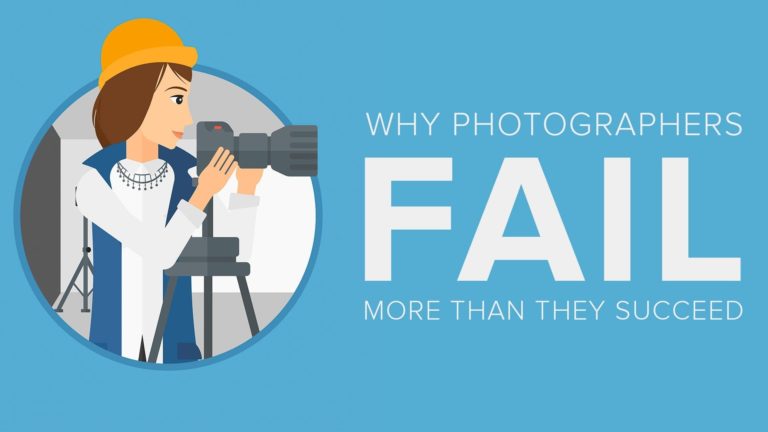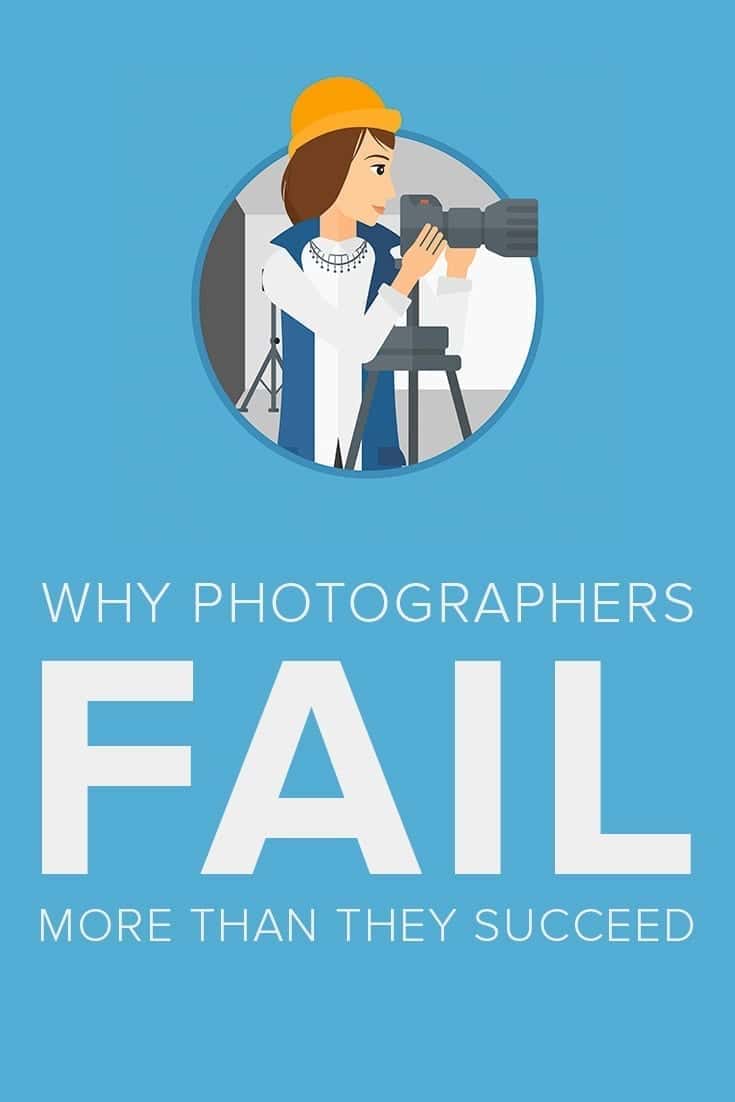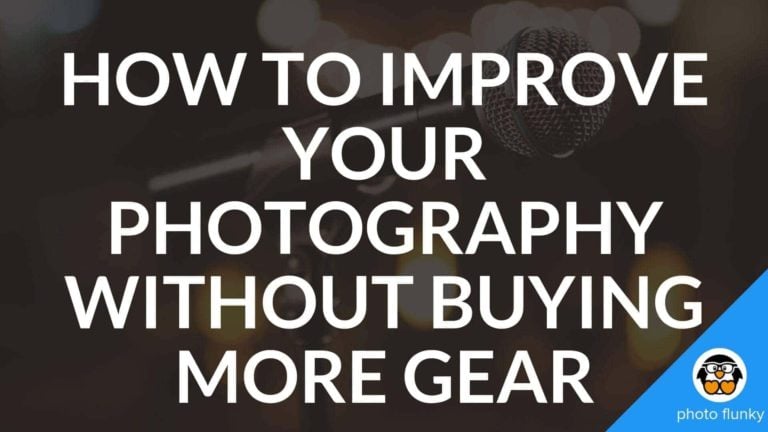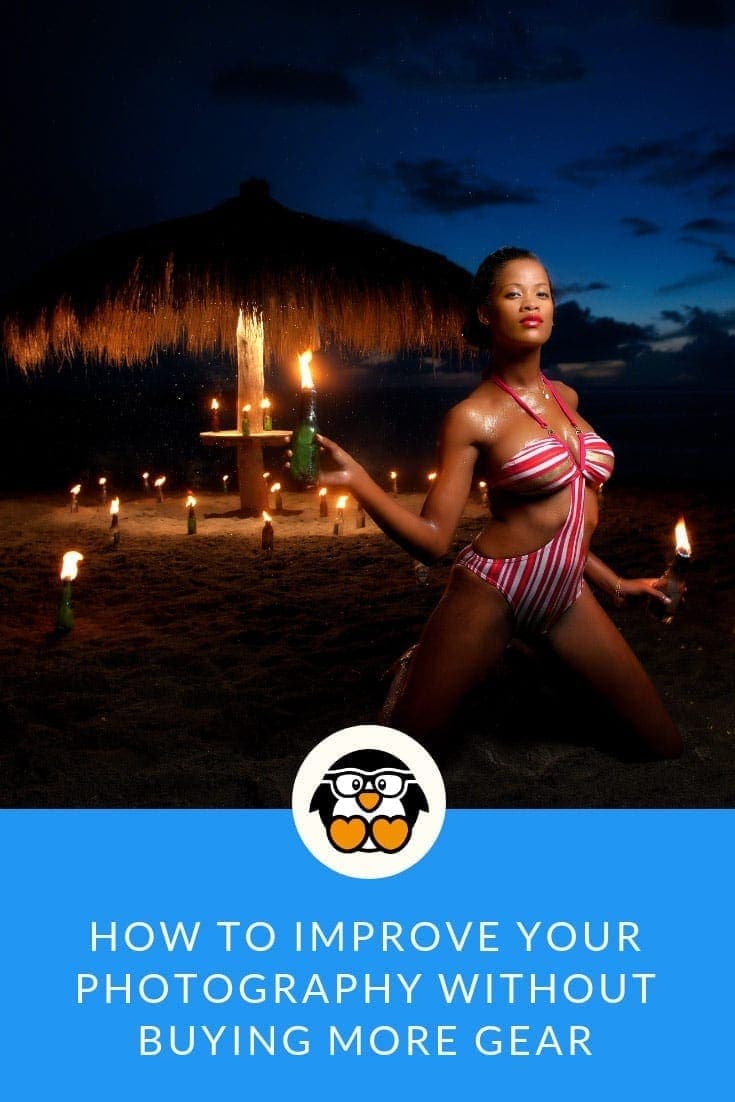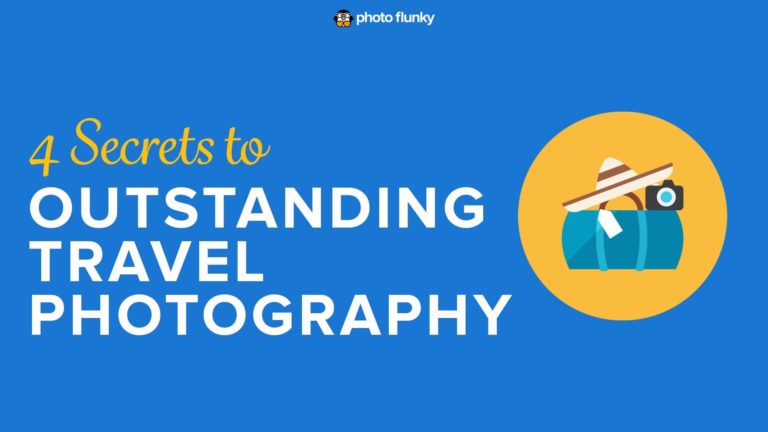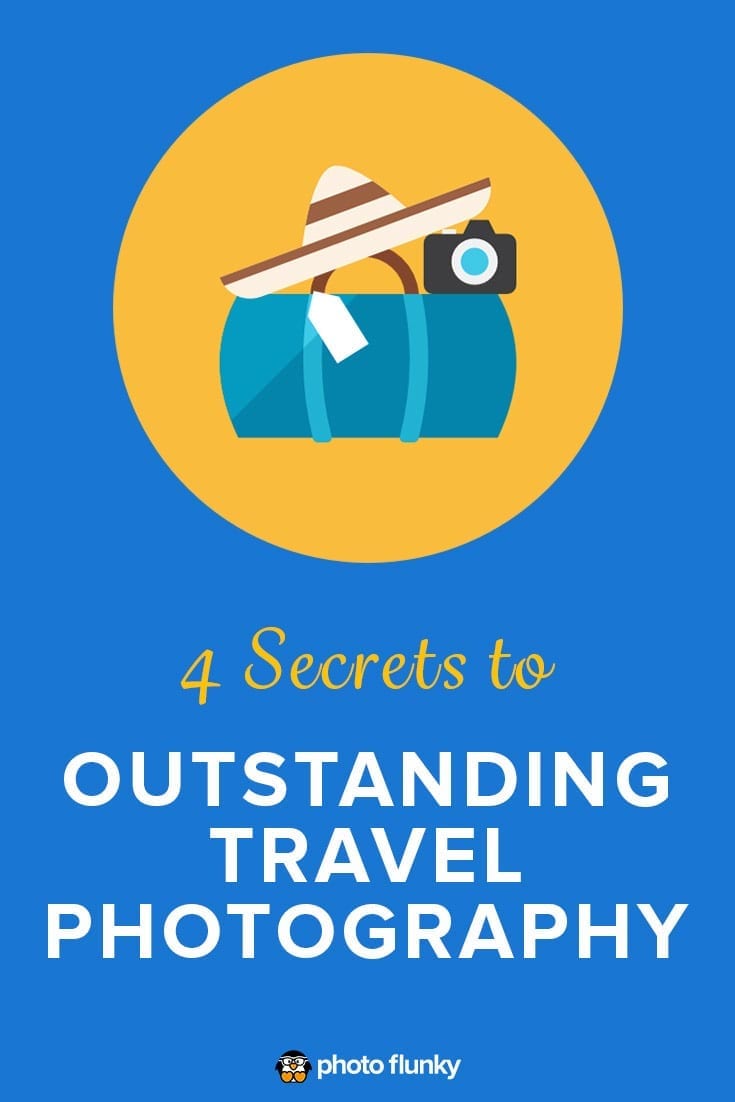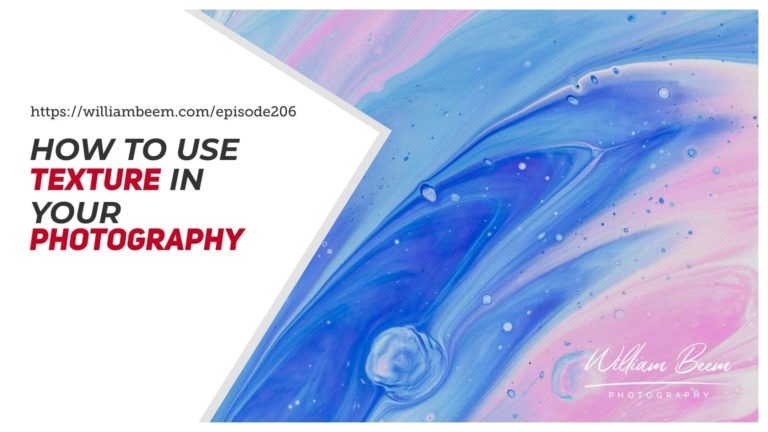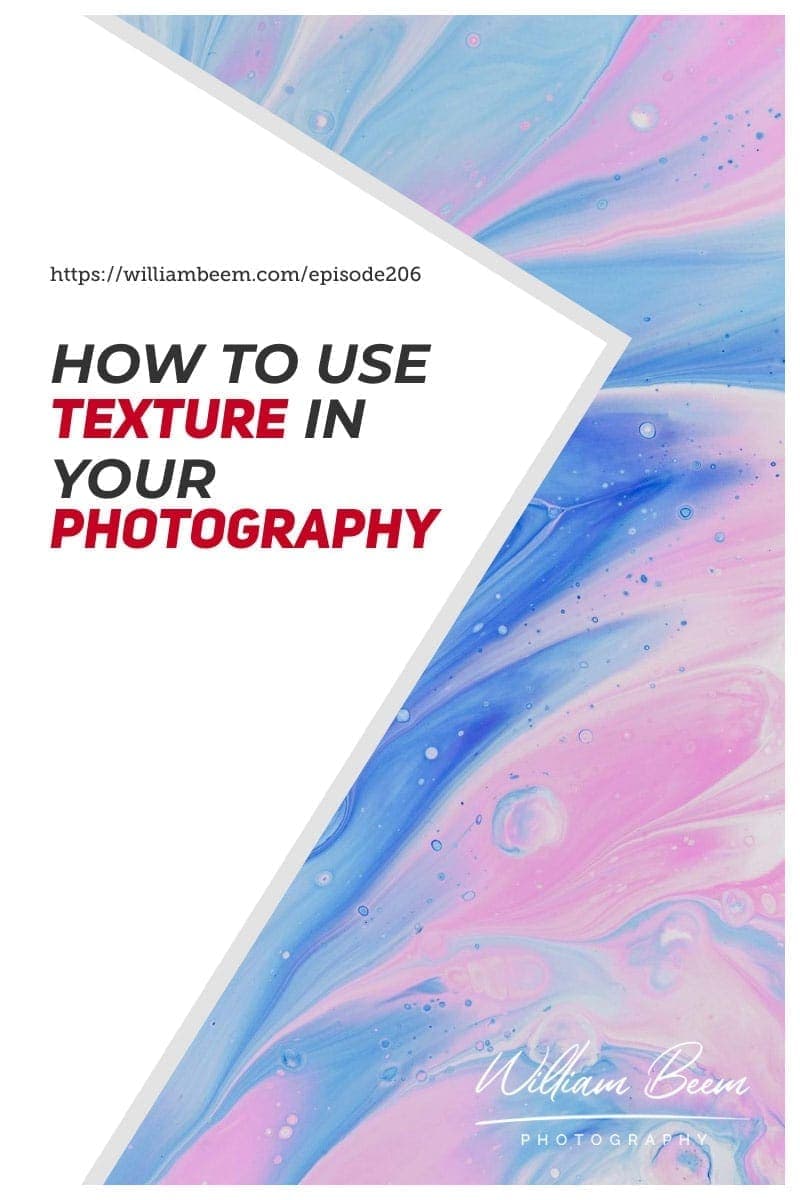Affiliate Disclosure: We earn a commission if you purchase through one of our links at no additional cost to you.
Are You Satisfied with Your Photography?
This isn’t a topic that I frequently read or hear in other photography discussions, but it’s something that comes up in conversation from time to time. It’s more of a personal issue than something we discuss publicly. Except from me because, you know, I lack boundaries.
Are you satisfied with your photography?
Are You Satisfied with Your Growth as a Photographer?
There are really two questions here. The first way to interpret the question is whether or not you’re satisfied with the photos you’re producing. We all start somewhere and learn to grow. As with other things in life, we grow at a different pace. Sometimes it’s because of internal motivations. Other times it’s because we don’t all get to shoot with the same frequency or intensity.
At some point, it seems like you hit a rut.
Your progress as a photographer seems to get stagnant. You know what you know, but you don’t know how to jump start the quality of your photos. It happens. For some of us, the rut can last longer than it does for others.
Are You Satisfied with Your Experience as a Photographer?
The second way to interpret the question is whether you enjoy the experience of being a photographer or not. Is photography something that you’re excited to do, or has it become a bit of a drag lately?
Does the thought of loading up your gear and going someplace to get photos seem like a burden? Maybe you’re interested in photography, but you really don’t know what you want to shoot. Instead of going out to photograph something specific, you’re going out looking for something worthy of a photograph.
Maybe you enjoy photography when you do it, but you just let your gear sit for long periods of time. It’s something you only do on vacation or in the right circumstances.
Dissatisfaction is a Sign of Growth as a Photographer
Here’s the good news. Dissatisfaction doesn’t mean you should give up photography. Instead, it means you’re ready for growth as a photographer. You’re tired of doing the same old thing. Unfortunately, you may not know what you’re supposed to do next. You may not even know that it’s time to move ahead.
Photography is a creative process. Like all creative processes, there is opportunity for change or advancement. If you’re feeling dissatisfied with your photography, maybe you’re ready to move on to a greater challenge.
So are you satisfied with your photography, or are do you want an opportunity to create something better than you ever have before?
How to Make Sure Photography Satisfies You
If you think I’m going to encourage you to learn a new skill, I’m actually going in a different direction. Rather than learning a new trick, you need a new sense of purpose.
Photography for the sake of photography will only get you so far. Without an unselfish purpose for your photography, you probably won’t grow to your full potential.
If you want to challenge yourself as a photographer, then create photos that serve another purpose than art.
Create something that needs photography, and then create photos to serve that need. You can also serve some other person or publication that needs photos. The basic idea is to get out of the practice of taking photos for the sake of taking photos.
Instead, take photos that have to communicate something. You can shoot photos that have to fit within a certain style or format.
Photography takes on an entirely different perspective when you have to think about the end result before you approach your subject. It changes the way you compose your photo. You may find that the lighting needs to change. Mostly, it causes you to think about how you will solve a problem to fill a need.
Now that’s how having a higher purpose will create a greater challenge for your photography.
You may completely change your style, but you don’t have to be any less artistic. Shooting for publication or another client with specific needs creates a change.
Instead of just being a photographer, now you have to look at things as a producer, director, or buyer. A purpose for your photos beyond your own entertainment will develop critical thinking skills.
How to Develop a Sense of Purpose for Your Photography
I don’t particularly care to have clients. Yet, I still want to have a sense of purpose. That need drives me to create photos for use on a travel blog. I also create photos that sell to corporate buyers for their offices. Lately, I’m working on a series of photos that other photographers may use for digital backgrounds or textures.
Knowing how someone needs to use a photo creates that sense of purpose, which in turn drives me to be more creative and thoughtful when I capture my next photo.
Are you satisfied with your photography? If not, be happy. It’s time to develop a sense of purpose.
Skylum Coupon Code
At the start of the show, I mentioned that you can save 10% (or $10) on Skylum software using my coupon code.
For Skylum products like Luminar Neo, you save $10.
For other Skylum products, you save 10%.
Luminar Neo is an AI-powered photo editor that turns any portrait into a stunning masterpiece. With FaceAI and SkinAI, you can easily retouch portraits, removing blemishes and highlighting facial features. And with the Portrait BokehAI tool, you can create a beautiful bokeh effect in any light. Plus, the Background Removal tool makes it easy to remove backgrounds without spending hours masking.
Skylum now offers Luminar Neo as either a stand-alone tool or part of a membership with extensions to offer more valuable tools like:
- HDR Merge
- Noiseless AI
- Upscale AI
- AI Background Removal
- GenErase
- GenExpand
- GenRemove
Additional extensions are coming.
Luminar Neo's exposure correction and color vibrancy features for all your travel memories will keep your photos looking natural and beautiful.
Finally, Luminar Neo's SkinAI and FaceAI provide the perfect finishing touches for your portraits, ensuring stunning results every time.
You can get everything with different pricing plans. Monthly, Annual or even Lifetime plans are available.
SAVE: You can save $10 using my coupon code - Beem10off
- Promo Code: Beem10off
- Easy to use
- Get great results fast
- Plenty of post-processing features
- Professional extensions are available
- May be slow on older computers
- File management is rudimentary
When you check out, use my Skylum coupon code: BEEM
Transcript
THE PHOTO FLUNKY SHOW: Episode 90
William: Hi there! Welcome to the Photo Flunky Show, Episode 90.
I know, we’re getting up there, right? Today’s topic: We want to know, are you satisfied with your photography?
Hi, my name is William Beem.
Lee: Hi, my name is Lee Beem.
William: We really want to know if you’re satisfied with your photography and the kind of things that satisfy your photography. Before we get started I want to let you know that show notes are going to be available at williambeem.com/episode90 And you can get a transcript of the show there for free. Links to subscribe are there and we’ve got a player at photoflunky.com so you can listen to this episode again, if you’re not listening and all of our other episodes are there. This is good because Lee is laughing at me right now and I’m still trying to be professional and go on.
I want to let you know I’ve got a discount coupon code for you from Macphun. It’s actually a really interesting time. If you’re into MacPhun, they are coming out with Windows versions of their products. They have already announced that they’ve got a beta out for Luminar for Windows. Which is really one of the coolest tools I’ve had to use in a long time. They have got a beta that’s free for use for Windows right now, but when it comes out at the end of the year, if you’re ready to buy it I can save you $10 on that purchase price. Luminar and Aurora my coupon code saves you $10 and other products it will save you ten percent.
The code is my last name BEEM. Just go to williambeem.com/macphun That will get you to the right link. That is an affiliate code. I get a little bit of commission back but also you save money so it’s like a win win for everybody.
They have also announced recently that there is an update to Aurora HDR and that is also going to be coming out for Windows so it’s kind of really interesting. If you’ve been a Windows user and you are kind of jealous that all the Mac users have these cool tools and you didn’t, now you’re going to be able to have them too and that will save you a little bit of money there. Why worry about being satisfied with your photography?
Lee: Well why take photos if you’re not?
William: You know, for some people it’s a job. Other people it’s a passion. And I have seen people – I think we are going to go to the latter half: the people who do this for their passion. I have seen people get started with something that is their passion and then they just kind of lose it.
Lee: I have gone through phases. I mean I went through a stage where every few months I’d decide I was going to sell my camera. Not because I was fed up but because I was unfulfilled. It was lying there in a camera bag in the closet and untouched between trips or vacations and I thought well, do I really need this for once or twice a year?
William: the reason why I think this is a valid question is, let’s face it, photography is expensive. You spend a lot of money on a camera, on lenses and assorted accessories. Man I’m having a hard time with my words today. You’re going to laugh at me a lot on this show. I can tell already.
Lee: I would never do a thing like that. I already did.
William: Look at me. I’ve got tripods, I’ve got flashes, I’ve got studio lights and soft boxes to go for those, I’ve got all this software for my post processing and probably other stuff I’m not even thinking about. I’ve sunk a lot of money into photography. You don’t do something like that if you are not really enjoying it or if you think you can buy your way to happiness – then I think you’re kind of down on the wrong trail.
Some people might think if they buy this one more thing they’ll get the photos they want and be satisfied. So I wonder every once in a while. I see some people that are chasing satisfaction. And maybe they are getting there or maybe like you they said, I’m not taking photos as often as I want. Is it really justified to have all this stuff?
Lee: Yeah. It wasn’t like I was having a hissy fit with my camera or anything. I just looked at it and thought I really don’t use this enough and I spent a lot of money on these things.
William: We were talking about this and we came down to what is it that satisfies you?
You started off doing yours for travel.
Lee: I did start doing it for travel but the thing with travel is I was taking maybe one really expensive trip in a year, burning all my vacation days going away for three weeks. I was really spoilt for choice with subjects and I knew what I wanted to do. I had plans for the photos I wanted to use afterwards. The trouble I had was when I got back in between there is another eleven months and a week or two of the year where I really wasn’t doing anything.
William: I know and you told me that you would go out with your brother and you both were into photography. You both said alright let’s go shoot. Yeah, sounds great. What do you want to shoot?
Lee: I don’t know. And then you kind of try think of somewhere to go just so you could use your camera and I think looking back, really for us it was an opportunity to learn together and practice things together but it really was social time. It wasn’t about photography. That’s what was at the heart of it. I don’t think we saw it that way at the time we thought well we are photographers. The pleasure I got out of those trips was really hanging out together. I think I just recently deleted a whole bunch of raw files that were sitting on some SD cards I found because they suck. I knew they sucked at the time, but I had a great time. The time wasn’t about taking photos.
William: So there are two things we looked at as far as what satisfies you. One of them is: are you getting the quality of photos that you think you should be getting or maybe you’ve been chasing this for a while and think I’m not really improving; or I’m not getting to the level that I want to be. So there is a little bit of frustration that comes with that. Probably a lot of frustration that comes with that.
The other part is you haven’t really defined your purpose.
Lee: That’s the core for me.
William: I think that’s really the core for most people. And it may be why your photos aren’t satisfying. What is your purpose?
Lee: It’s hard to be satisfied with your photos when they are lying on a memory card somewhere or stuck in the back of a hard drive. Or uploaded to Lightroom awaiting processing that might never happen because you don’t know what you’re going to do with them. Taking photos just in case is fine if you have hobbies or purposes where those just in case things might save your butt sometime. Most of us don’t do that.
William: No and I think you and I both kind of found out that we do have a purpose now. Whereas before maybe we were doing it for the fun of photography. It was a nice and interesting hobby but then like you said, you collect all these photos and they are there and you’re thinking I don’t have anything to do with them. So unless you want to make sure you share them with all your folks for a social purpose, if you don’t have a purpose behind it, it kind of makes it hard to appreciate your photography because that purpose really is what drives your sense of completion and I think that’s where your satisfaction comes from.
So you had an example. You are taking photos now – we’ve mentioned this before – I call it product photography but it’s marketing?
Lee: It’s probably a blend of a number of different things. I think that’s where I know that I’m free to enjoy my photography. It doesn’t occur to me to try and categorize what I’m doing.
William: I’m going to categorize it.
Lee: I’m just doing it. I just have a sense of freedom that I’ve never really experienced that’s kind of come up over the last six or eight months with my photography and the more I feel free with no pressure on me, the more I am enjoying it. And the easier it is for these ideas to flow. They just come out of seemingly nowhere and I keep thinking of things and seeing things or getting ideas of things that I want to do. And I get out there and do them. I’ve got – sounds very hippie – but there’s a sense of peace whereas before I was really struggling through to justify things that I was doing.
For me the big difference was when I walked away from the technical side of things. There are things that you need to learn as a foundation, but it was probably about a year ago and I looked at William and his vast knowledge and experience and expertise with this. He’s really good at what he does. I looked at my stuff which is seemingly simple and every time there was something else to learn and my attitude was, I don’t want to have to go and study something. I just want to take a photo.
And I got to a point where I walked away. I even said to you I am pretty much ready to ditch the camera now. I don’t have any desire to use it. Not because I hate photography but because it’s not doing anything for me.
William: And that was really bad for the podcast! I’m just teasing you!
Lee: Did we say that on the podcast?
William: No!
Lee: I was using my phone. It wasn’t a case of – and that’s something I wouldn’t do and would never consider. I mean a phone isn’t a camera. That’s terrible! But I have changed it.
William: You have changed my view on that as well, too. I know a lot of people really like to dismiss iPhone photographers. They are not real photographers and that sort of thing. And maybe a lot of them aren’t. But a camera is as good or bad as the person who is wielding it. And you’ve done things with your iPhone that most people just never consider. Simply because you’ve got that artistic eye and you know how to line things up in your composition. And it’s there. If I don’t bring my Nikon with me, then there are a lot of shots I am just not going to get.
Lee: I take a lot more photos with my iPhone than I do with my camera. But here’s the thing. This is also where it comes into what your purpose is. For me it’s really important. I need to take a photo or six or whatever the case may be at a certain time. I have got a time frame and I need to do something with that. I need to get it up live and posted. And I’m working with a limit. If I had to do this with a DSLR even if I wasn’t going into any fancy tweaking it’s a whole lot more trouble to get the right lens, to get things on a tripod if necessary then it’s got to be uploaded to Lightroom. You’ve got to do stuff with it. I don’t have time to do that in 20 minutes in the morning. I really don’t. I can do all this stuff with my iphone and it serves the purpose and it’s absolutely fine.
William: Let’s be more specific. We mentioned before you are a runner. You do endurance running, you’ve got your blog. It’s carefreerunner.com. I would encourage everybody to go to it. We are going to be changing the theme out so things are going to be mixed, but you’ve got a couple of things that you do. You go out for your run every morning and you come back all hot and sweaty and looking horrible, that’s when you take your photo.
Lee: I do.
William: That’s what the other runners react and respond to. There is a whole community of runners that want to share on social media at the end of their run.
Lee: They want to see your ugly clothes and terrible socks and whatever.
William: Yeah, because if you don’t look like you just ran ten miles, they are really not going to buy into it. You don’t go out there with your make up on and your hair just perfect and your freshly bought sporting clothes that have never had a single run.
Lee: I don’t dry my nails on a run.
William: And it’s Florida in summer time. I mean you go out there just stand and start sweating already. Especially in the morning when the humidity is bad. But this is the community that you are in and this is what you are serving. So you have got the social media aspect of it that you can share and join that community there and then you’ve got your blog where you have your daily journal, plus your blog posts. So each of those needs some kind of message to share photographically. And that is driving your purpose and you’ve really gotten really strongly into your photography as a creative outlet to share that message.
Lee: I have. And every day I think is this the last idea I’m going to have? When do you run out of ideas?
And they just keep coming.
William: On the other hand, I love my photography site, but I don’t really go out and post photos as much as I used to say hey, here’s the latest photo I took. This is my art and craft and all this stuff. But what I’m doing instead is I’m translating that over to another site, which we’ve mentioned is called Orlando Local, and I’m taking photographs in and around Orlando to share with people to say this is what we’ve got here.
Sometimes it’s simple. It could be a GoPro snap or an iPhone snap. Sometimes I’ve got my DSLR out there and I’m trying to take something really creative in the Orlando area, but that’s really what’s driving my sense of photography now. I’ve got a sense of purpose because I have a story to tell. And I know I’ve harped on story a number of times but it really is important that your photos do more than just say look how good I am. In my opinion it’s not really how good I am as a photographer; it’s how well can I tell the story and communicate something to another person.
Lee: That’s right and if you look at my needs that I have right now I am doing a post daily over the course of sixteen weeks. There is absolutely no way that I could do a header photo plus photos within the journal update and use my DSLR for it and turn out nice photos. I do take most –not all but most – of my header photos with a DSLR. But I have put in some that were just taken with an iPhone that are absolutely fine. I have stopped fretting about being photographically perfect and started focusing on: how does this communicate or give a hint or taster about what is lying underneath the heading
William: And let me bring up something else we’ve mentioned before. As a result of your photos you work with other companies that have products in endurance running space. They send out photos for you to use in a promotion and you look at them and say, “I can do better than that.” You create your own and then suddenly they want to use that.
You’ve actually had some of your photos that you just intended for yourself that other companies have come along and said they would like to use that for marketing material. And it’s because you’re driving the message home and that’s exactly what they need to do with their marketing. So you’ve got another business kind of coming up with not just the endurance running, but your photography is actually turning into a marketing message for a number of companies in that space.
Lee: And it’s kind of funny because I need to tweak the way I look at things. I’ve never thought of using my photos – I don’t want to say commercially or professionally, but as an income. I take my photos for the sake of taking my photos. So somebody comes and asks – oh we’d love to use that. I think really? My photo? OK, sure. Here you go. What size file do you want?
William: On the other hand, back to my photography, I mentioned that I’m not doing as much trying to take things to show how good a photographer I am or aren’t … depending on your taste you may or may not like what I do. But I’ve got an idea for a gallery series that I would like to do and we have spent most of our time right now pre-production I guess. We are talking over what this gallery is going to be like. What are the clothes that the models are going to wear. What kind of look do we want? We are looking at backgrounds, models and props and wardrobe and all the things that go into it. I haven’t even picked up a camera yet, but I’m kind of excited about the idea of producing and directing a gallery series that I want to do.
Lee: It’s a big project and it takes planning.
William: It does take a lot of planning and I think I can also use that for either an upcoming ebook or training or some of the blog posts because I’m going to run into problems along the way. I’m going to have to solve those problems and that’s something I want to share. Again, my sense of purpose is I really do love portrait photography. I’ve been doing some portraits and now I want to kick it up a notch. I don’t want to just go get one of the local models and then go to a park or something like that and take the shot. I want to do something that’s more along the lines of kind of high end fashion.
That’s really what satisfies me right now and I think you’ve said what satisfies you. So what we are saying is to make sure that your photography satisfies you. You’ve got to figure out something beyond the photography itself and what is the photography serving?
Lee: Yeah, what are you doing with your photos? I think we’ve touched on this before but it really does matter. It gives you a sense of freedom and you don’t feel like you’re being dictated to as to what you can do or should be doing with your photos.
William: It kind of comes back to that little motto I came up with a while back:
Create, Share, Celebrate.
We are going through the process for my gallery series we are at the beginning stages of the creational process.
You are creating something every day and you are sharing something every day. And you are getting other people that are celebrating the stuff. They are looking at your photos and saying wow!
Sometimes they are surprised. How did you do that? Oh, iPhone!
Nobody cares what camera you use to create a photo. Look at the end result and say, does this do something for me? Whether it’s emotional or it’s got a message sending something through, you are managing that both with your DSLR and with the iPhone and that tells me that it doesn’t matter what camera you’re using.
Lee: Yes, but also with the DSLR because I’m using it more often now, just for quick projects or tasks, it doesn’t feel like so much of a hassle to get it out and get things set up. You almost get yourself into a little routine. I have some boards and props and things that stay in a bag. I’ve got a tripod in the garage so I can go stand outside where the snake lives and take my photos in daylight.
William: Where the snake lives.
Lee We’ve got the snake under the step. It’s just nice to have everything together and I kind of know what I need and any extras I just grab them. And I literally just grab the bag because I’m doing very cropped, zoomed in small – almost still life – where it’s contained. So it is easy for me. I can throw my kit into the bag, take it out the back and I seem to get much quicker at setting up and taking down the more I do it.
So I don’t have that kind of mental thing of oh my goodness, is the battery charged, is the card ready? Because I’m using it all the time I know where things are. It’s like watching your bank account. You know how much is in there. You know where you stand at any given time.
William: And the snake isn’t really that much of a problem. The problem is when I don’t know where she is and I go outside with the puppies and they run over and step all over her stuff.
Lee: And eat the tripod.
William: Something happened last night that tells me how much you’ve gotten back satisfaction in your photography. I came home from our barbecue place and while I was there I bought a brownie. And the brownie was in some wax paper. It was wrapped up very nicely with some twine and a little card.
Lee: Sweet shop or something.
William: The presentation was outstanding. Just for the brownie itself and she looked it and said, “Ooh!” And then you went off and got your stuff together. You got a cedar plank, you got your cloth and then you started doing a photo shoot with my brownie.
Lee: I just took three or four shots.
William: And they looked nice. I think I’m going to put it on this post so folks can see it.
Lee: You should. But the point is, all the stuff was right there in a little bag. I stepped over, grabbed out two pieces of fabric, the cedar plank was standing right there with the fruit basket which is where I leave it; set it up, had the lens I wanted on the camera (I just used what was there) zoomed in and it took me maybe five minutes. Then processing and uploading to do some light touching and convert to jpegs took maybe five minutes more.
William: Yeah, you got done and had the photos before I was ready to eat the brownie.
Being satisfied with photography is really important. It’s not a matter of the quality of what you’re shooting; it’s a matter of the purpose that you have and what you are serving and I think that’s what’s really going to drive the quality up. Because then you’ve got something to compare it against. You are not out there shooting saying I took a picture of this but I don’t know if it’s good or not. You shoot something for a purpose that you know and then you can start to evaluate your subject and you say: I needed more light here, I needed to block off something there, I needed a splash of color here. That is what really propels and drives your photography forward and I think that’s why you picked up the brownie and some of the other things that you’re doing. You know. You’ve got a sense of purpose for it and now it’s like second nature to do this stuff and you can knock it out and fifteen minutes later you’ve got a result.
Lee: It gets quicker the more you do it.
William: Those are our tips. If you’ve got any comments on what it is that makes you satisfied with photography or if you’re not feeling it and you’re wondering is photography still satisfying, please go ahead and leave us a comment at williambeem.com/episode90
We would love to hear what you’ve got to say.
Thank you very much for joining us on the Photo Flunky Show. You can find a transcript of the show there williambeem.com/episode90 and there will be links for subscribing to the show iTunes, Google Play Music and Blubrry and others.
Also don’t forget if you’d like to save some money on Macphun products use the coupon code BEEM. Just go to williambeem.com/macphun and you’ll save 10% on most products and $10 on Aurora HDR or Luminar. And if you are a Windows user go ahead and try out the beta and if you like it when it comes out at the end of the year you can save some money. Thanks so much. We’ll see you again next week.

